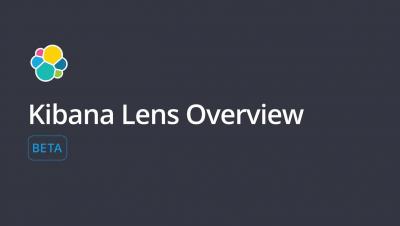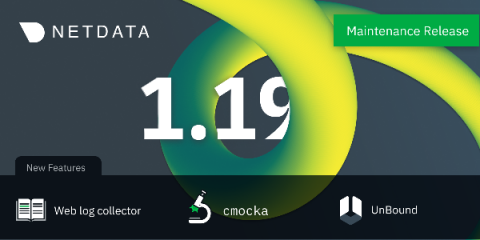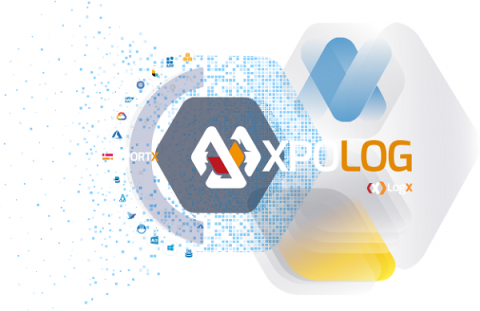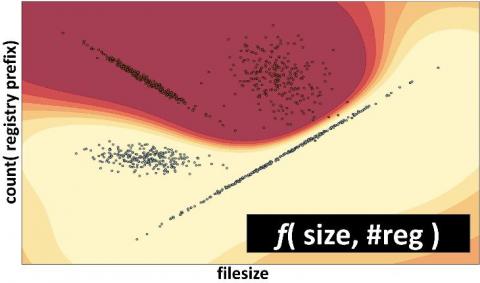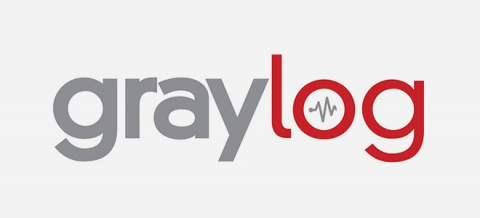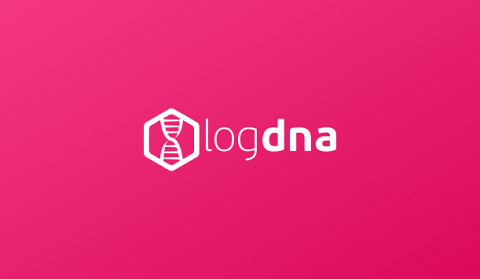Logz.io Enhancements and Changes with Kibana 7
We are happy to inform you that we are upgrading our user interface to support Kibana 7 for Logz.io! Kibana 7 offers users a long list of UI and UX enhancements that will make monitoring and troubleshooting your environment a much simpler and nicer experience. These enhancements include a cross-app dark theme, a new time picker, new filtering, a better dashboarding experience, and most importantly – a significant boost in performance. Shall we take a closer look?



